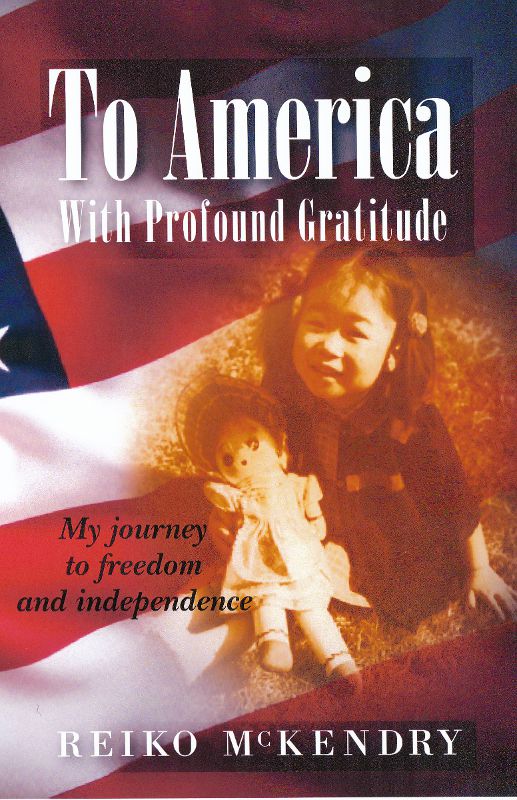Depending upon your background, chances are that your definition and perceived image of an investor differs from that of the next person.
I only know about one investor intimately – me. Yet, I don’t think why I do what I do is unique, particularly among those who are reading this blog post as relatively new investors.
Before 2000, when life in America (the land of my childhood dreams) seemed to be going along just fine, I never thought much about investing. I was saving the maximum-allowed amount in my 401(k) at work but I did not think of it as investing at all. If anything, I was saving, not investing. As some of you would remember vividly, the year 2000 was when the technology-stock bubble burst on Wall Street. The decline in the value of my 401(k) was steep and deep. And it went on for months. I had no choice but to face the bone-chilling fear of potentially losing everything for which I had worked so hard to accumulate in preparation for then-soon-to-arrive retirement. That was when the seed of choosing to become an investor myself – at age 51 no less – was planted in my head.
Going back in time, as of 1999, before our 50th birthdays (I am one day older), David and I were 100% debt free and still working at General Motors and Chrysler, respectively. After having put ourselves and our kids through school, we were very proud of the fact that our house was completely paid off. Our on-going major expenses related to shelter became limited to tax, insurance, and maintenance. Not having the burden of mortgage payments was such a relief for us.
Having zero desire or need to impress anyone with name-brand clothing, and with the sense that I have plenty of clothing to last a life time (not a lot compared to most women but enough for me), I probably spend, at most, around $200 per year, including shoes. In terms of food, one can eat only so much. Including occasional restaurant visits, my annual food expenditure is about $3,000. As you can see, I do not live an extravagant life style at all in terms of food, shelter, and clothing.
In addition to the necessary professional fees to establish and run an investment business, such as for CPAs, attorneys, and marketing-support providers, what I do spend liberally is on education. During the last 13 years since I went on a quest to learn and implement real-estate investing, we have spent roughly $200,000 – or over $15,000 per year – to learn the how. That is a good chunk of money – particularly as I left the corporate world in 2004 and have been paying for all investing-related activities out of my pension and Social Security income combined.* Compared to what I lost on Wall Street in 2000, what we paid so far for our education is a relatively small amount of money. I still do not have a good grasp of how the huge losses came about in my 401(k) account in 2000. I only know that it happened and that I was never able to recoup what was lost. If those losses in 2000 (which came completely out of the blue) were a blow to my left cheek, the losses sustained in 2008 were another blow to my right cheek. After the devastating experience in 2000, I had no excuse for having allowed it to happen again. Yet I did. There was a part of me that still trusted Wall Street – until the black Monday in 2008, that is.
The best part about spending money on education and training is that every penny I “invest” is actually remaining in my own brain as knowledge. Each year, David and I gladly continue to spend time and money to keep up with the changing landscape of real-estate investing.
Before concluding this post, I was curious to find out how Google would define an investor. It gave me this answer: “someone who commits capital in order to gain financial returns.” Well said. Step #1 for me, who knew nothing about investing, was to commit capital in my own education. Today, I am no longer afraid of whatever happens on Wall Street. It took 13 long years to get here. The journey has been well worth it.
Happy Investing!
*Thank goodness for these two income sources that are still there for me – at least for now. Due to the fact that I have no direct control over either of them – much like what had happened to the fate of my 401(k) savings – pension and Social Security are the very sources of income that I have been working the majority of my waking moments to replace with our investment income.

